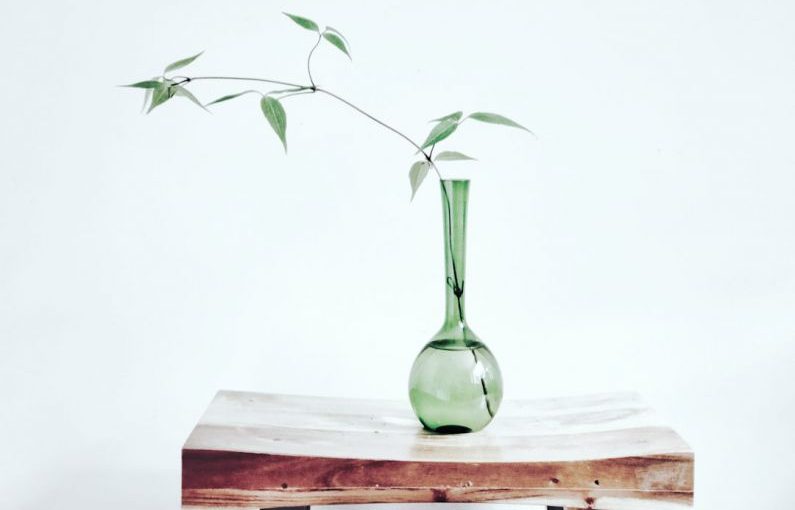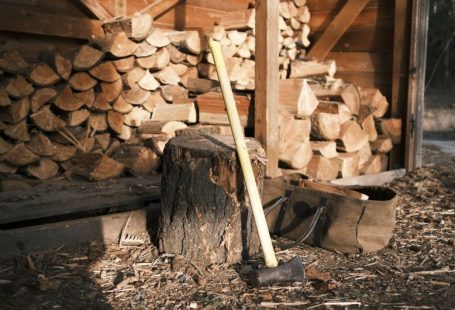Wood carving is a time-honored craft that allows individuals to unleash their creativity and create unique works of art. For beginners looking to delve into the world of carving, choosing the right type of wood is crucial. With a plethora of wood options available, selecting the best wood for beginning carvers can be a daunting task. Factors such as hardness, grain pattern, and availability all play a role in determining the ideal wood for carving. In this article, we will explore some of the top wood choices for beginners to help you kickstart your carving journey on the right foot.
### Basswood: The Carver’s Favorite
Basswood, also known as Lindenwood, is a popular choice among woodcarvers, particularly beginners. This soft and lightweight wood is easy to work with, making it an excellent option for those new to carving. Basswood has a fine, even texture and a pale color that allows for intricate detailing and smooth finishes. Its straight grain makes it ideal for both hand carving and power carving techniques. Additionally, basswood is readily available at most craft stores and lumberyards, making it a convenient choice for beginners looking to practice their carving skills.
### Pine: An Affordable Option
Pine is another wood type that is commonly used by beginner carvers due to its affordability and accessibility. While pine is softer than some other wood varieties, it can still yield impressive results when carved properly. Pine’s light color and prominent grain pattern can add character to your carvings, giving them a rustic and natural look. Keep in mind that pine can be prone to splintering, so it is essential to use sharp tools and employ proper carving techniques when working with this wood.
### Cedar: A Fragrant Choice
Cedar is a fragrant wood that is favored by many carvers for its aromatic properties and natural insect-repellent qualities. This wood type is relatively soft and easy to carve, making it a great option for beginners looking to experiment with different carving techniques. Cedar’s reddish-brown hues and distinctive grain pattern can add depth and visual interest to your carvings. Due to its natural oils, cedar is resistant to decay, making it an excellent choice for outdoor projects such as birdhouses or garden decorations.
### Butternut: The Walnut Alternative
Butternut is often referred to as “white walnut” due to its similarity in appearance to walnut wood. This wood type is softer and lighter than walnut, making it an ideal choice for beginner carvers who may find walnut too challenging to work with initially. Butternut’s light color and fine grain make it well-suited for intricate carvings and detailed projects. While butternut can be more expensive than other wood varieties, its workability and aesthetic appeal make it a worthwhile investment for those looking to hone their carving skills.
### Conclusion: Finding Your Perfect Wood
As a beginner carver, selecting the right type of wood is essential to your carving experience. Each wood type offers unique characteristics and challenges, so it is essential to experiment with different woods to find the one that best suits your carving style and preferences. Whether you opt for the softness of basswood, the affordability of pine, the fragrance of cedar, or the workability of butternut, the key is to practice and refine your skills with each project. With dedication and patience, you will soon discover the wood that resonates with your artistic vision and helps you create stunning carved masterpieces. Happy carving!





